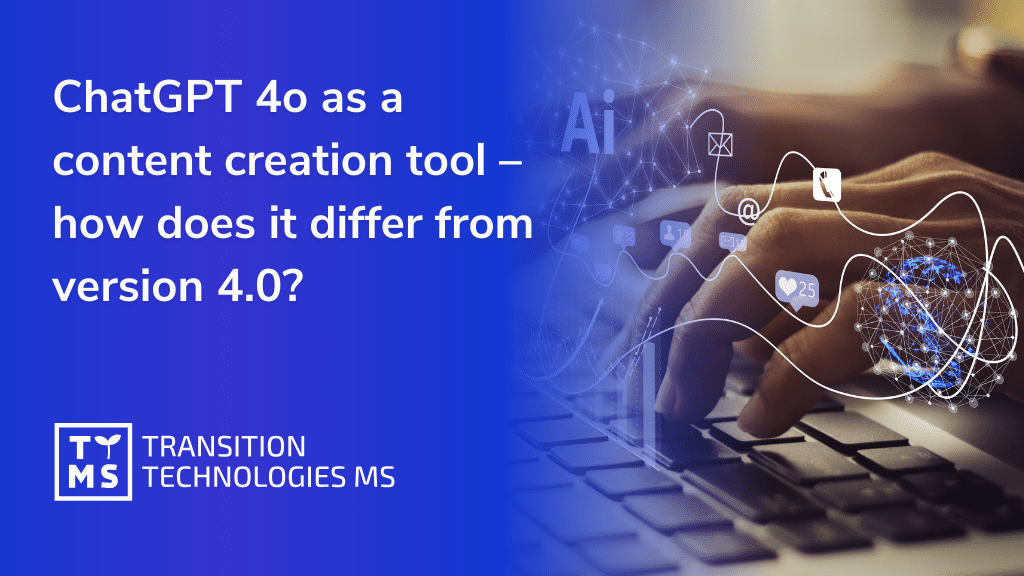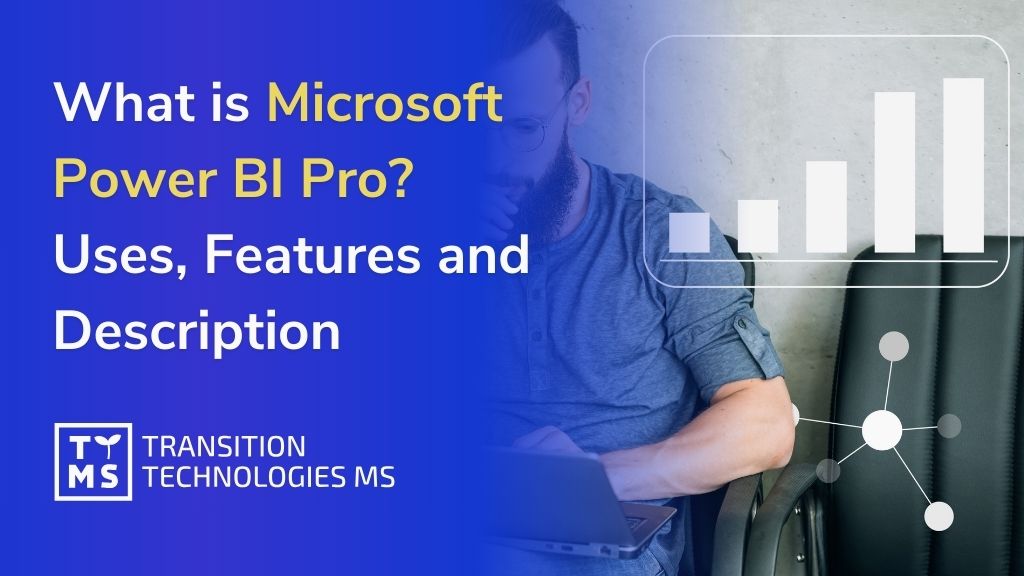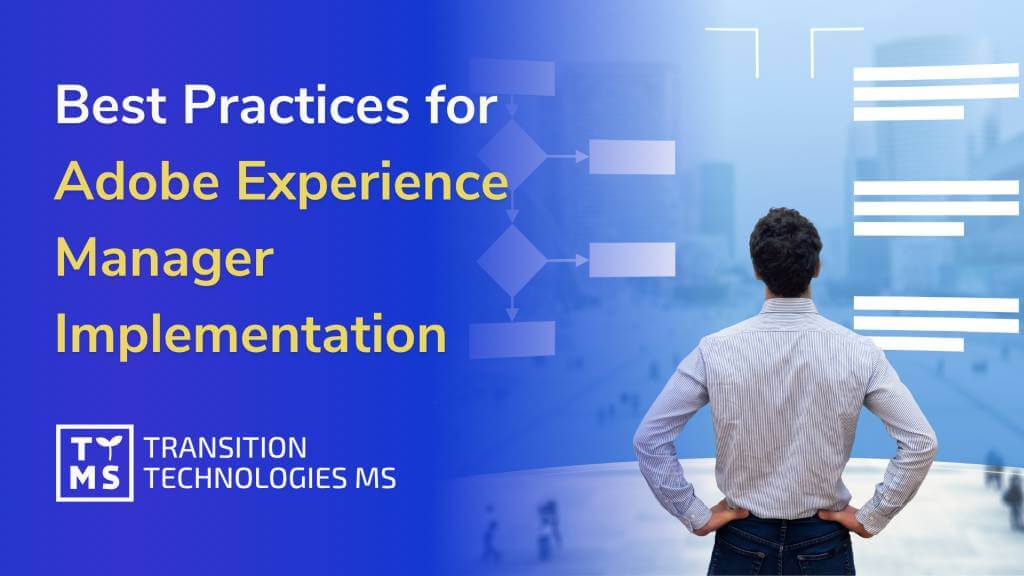The WEBCON BPS platform is an alternative to Microsoft Power Platform (Power Apps + Power Automate). However, there are many differences between them in the context of building an application, designing diagrams, limitations or introducing changes. The most important of them are described in detail in this article.
Real-time workflows
The main difference in favor of Webcon BPS is the possibility of building workflows in real time and introducing changes in their logic, appearance or data sources thanks to the unique InstantChange™ technology. So you can feel the changes immediately after making them. In the case of Power Automate, it does not look so colorful. It is best to stop the flow and restart it before making any changes. If the flow is running and you modify it, it will continue with any previous actions it had at the time it was run. Some changes may disrupt the operation of active forms (eg PowerApps) and data / applications with which they are connected.
Limits comparison
In both Webcon and Power Automate single flow runs have their limits:
| Actions on the workflow | 500 |
| The allowed depth of action nesting | 8 |
| Case range switching limit | 25 |
| Variables by workflow | 250 |
| Action lub trigger operation name | 80 signs |
| The number of characters in the expression | 8192 |
| The length of the description | 256 signs |
| The maximum size of trackedProperties | 16000 signs |
| Duration of the run | 30 days |
| Storing the mileage in a warehouse | 30 days |
| Minimum cycle interval | 60 s |
| Maximum cycle interval | 500 days |
| Minimum snooze interval | 5 seconds for a low value, 1 second for everyone else |
Let us take this duration of a run. In PowerAutomate, it is calculated using the start time of work. It contains flows with pending steps such as approvals. The pending steps will time out after 30 days. The flows must therefore take any action during this time or be completed within 30 days. For example, when we have a trigger set to created items and no item will be created within 30 days, this will cause such flows to stop working. We can get around this, but it’s problematic. With Webcon, processes can run for any length of time in between and won’t end prematurely. They survive the migration, updates, and changes made to the model.
Webcon also has its limits. An example is the global form field limit (they apply to the entire system configuration). Regardless of the number of processes, workflows, and their form fields, there can only be as many global fields as specified in the table below:
| Global field title | Maximum length |
| Data | 5 |
| Text | 10 |
| Selection | 10 |
Although the number of item lists on the form is not limited, each type of item list column also has its own limit. The number of column types is further limited by summing text columns with selection columns.
| Column type | Maximum quantity |
| Text – multiple lines | 5 |
| floating point number | 30 |
| Text and checkbox (regardless of its type) | A total of 40 |
| Data row (SQL Select) | 5 |
The table below refers to the single process form field limits. The number of workflows in the process does not affect the limits of each field type.
| Form field type | Maximum quantity |
| Single line of text | 80 |
| Multiple lines of text | 25 |
| Total number | 50 |
| Floating point number | 50 |
| Selection attributes | 90 |
| Selection attribute | Up to the general limit |
| Survey | Up to the general limit |
| Date and time | 50 |
| Person or group | 15 |
| YES / NO selection | YES / NO selection |
| Data row (SQL Row) | No limit |
| Data table (SQL Grid) | No limit |
| Chart | No limit |
| Google map | 3 |
| Gantt chart | 2 |
| Vacation schedule | 1 |
| Vacation summary | 1 |
| User Control (SDK) | No limit |
| List of items | No limit |
Bundles
In the Power Platform, all component solutions, applications, flows and all dependent components must be manually packed into a collective solution. Such packages are used to transport applications and components from one environment to another, or to upgrade existing applications. The walkthrough may contain one or more applications and other components such as sitemaps, tables, processes, resources, flows, etc. In the case of Webcon BPS, the entire application with workflow, forms, reports, dashboards, data schemas, data connections can be packaged , implemented and updated from the development version, through the test version, to the production version.
Graphic scheme
In Webcon BPS, the graphical diagram is created in the WEBCON BPS Designer Studio tool and it is the actual diagram on which the workflow functions. In the case of Power Platform, you often have to plan the process in a separate tool.
Cloud environment
Power Platform can operate locally and in the Microsoft 365 cloud environment, using information, data and resources shared within tenant. To access data outside of your environment, you must use a gateway or plug-ins to external data sources. In the case of Webcon, regardless of whether we choose to install on-prem servers, in a private cloud or in the multi-user SaaS model, the platform will work exactly the same. With a change of strategy, you can freely move your data applications up to the cloud or down on-prem. WEBCON BPS can be tightly integrated with the Microsoft SharePoint and Office 365 environment. WEBCON BPS Portal can be run directly as a Microsoft 365 application or embedded in Microsoft SharePoint sites or in the Microsoft Teams environment.
Summary
It’s hard to prove that one tool is better than another. Both have their advantages and can be used. Many projects will require both of these tools.
Power Platform is a set of great tools that can work with many different applications and data sources. Microsoft in its Power Platform has created and regularly improves integrations in the entire corporate environment of Microsoft 365 and Dynamics 365. Power Apps are great at creating user interfaces for editing data or invoking web services. If your app is UX / UI focused, the canvas Power Apps are unbeatable. If your application needs to be data-driven, model-driven Power Apps along with Microsoft Dataverse are excellent. For automating many Power Automate solutions, this is a hard-to-break tool.
However, if we need a process-oriented application, then Webcon shows the advantage. From the perspective of the organization and its goals (e.g. digital transformation or process release), the Webcon approach is more justified, because it places the quality of process service in the organization above the end-user point of view. Dedicated UX / UI is also important, what’s more, Webcon is constantly improving this area as well. Webcon primarily supports the success of an organization in its pursuit of excellence in process optimization.







